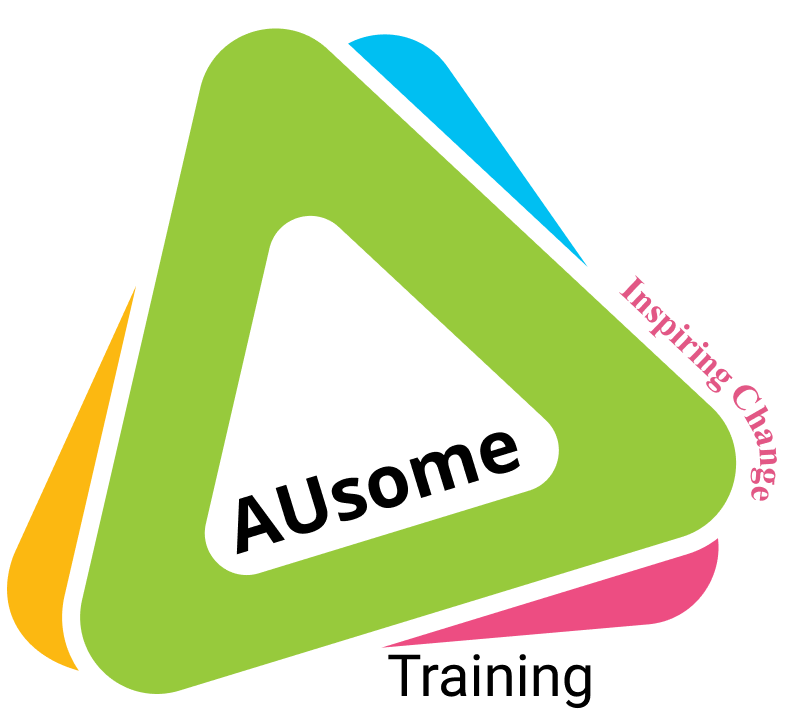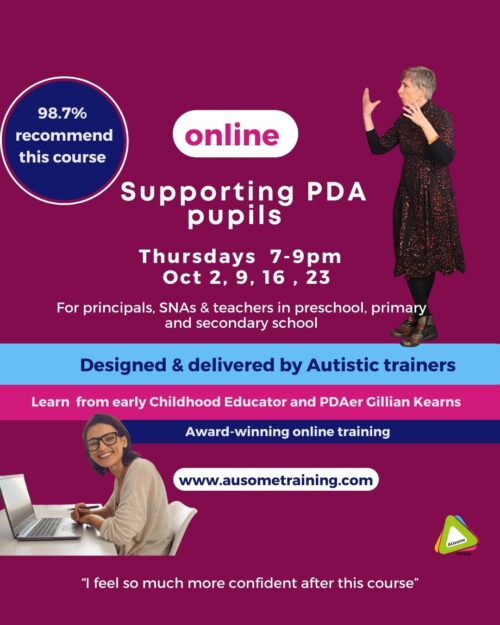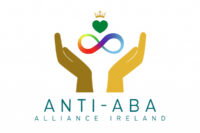Description
Meltdowns are often an accepted part of being Autistic for many but do they need to be? In this autism course presented by Evaleen Whelton and Stiof MacAmhalghaidh we will explore meltdowns as a human response to a hostile environment. Autistic meltdowns are often described as a response to “sensory” overload. Evaleen and Stiof will explore what “sensory” actually means and how our social environment is very much part of our “sensory” environment. Like usual our AUsome Training sessions start with the fact that Autistic children and adults are human and therefore we act and respond in human ways to human stimuli.
Every human being has a limit to the amount of sensory input they can take in and process over a specific amount of time. Meltdowns occur when we reach this limit. Autistics are no different. Autistic people are highly sensitive and so we may reach our limit in a shorter time than someone who is less sensitive. Because of this it’s important that our sensitivities are accommodated in our environment. It’s also important that our emotional needs are met in our social world. If these needs are met then we can reduce or eliminate Autistic meltdowns.
Most humans will live their lives without ever experiencing sensory overload or meltdowns very often so why is it that sensory overload is experienced so frequently in the Autistic population? Autistics are more sensitive to our environment. This means that we take in more input from our surroundings. Autistics can naturally filter through this input by stimming. But stimming is misunderstood and often stopped or re-directed by people who do not fully understand its many purposes. Inhibiting an Autistic child or adult from stimming may actually lead to a meltdown.
As humans we all have thresholds for the amount of sensory input we can process at one time. What happens when we are subjected to environments where we are bombarded with too much sensory input? To understand what happens to humans who have their senses assaulted we can draw on research into the effects sensory bombardment or sensory overload has on victims of torture.
This course, like all of our courses will give you insight and understanding so that you can implement the necessary changes in your life. There is no one size fits all plan to prevent meltdowns, but understanding what they are and why they occur will facilitate you to build your own strategies relevant to the Autistic people in your life or in your own life as an Autistic person.
Autism and Meltdowns Course Content:
What is a meltdown?
Why do they occur?
How can we assist someone in meltdown?
How can we assist someone post meltdown?
Identifying triggers
Eliminating triggers
Who is this Autism and Meltdowns Online Course for ?
This course is ideal for teachers, school staff, social workers, mental health professionals, therapists, parents, carers and Autistic people themselves.
We also offer a virtual course Understanding Behaviour Course on our e-learning platform which goes into this area and other “behaviours” in great detail.
Read our recent article on Sensory Overload










